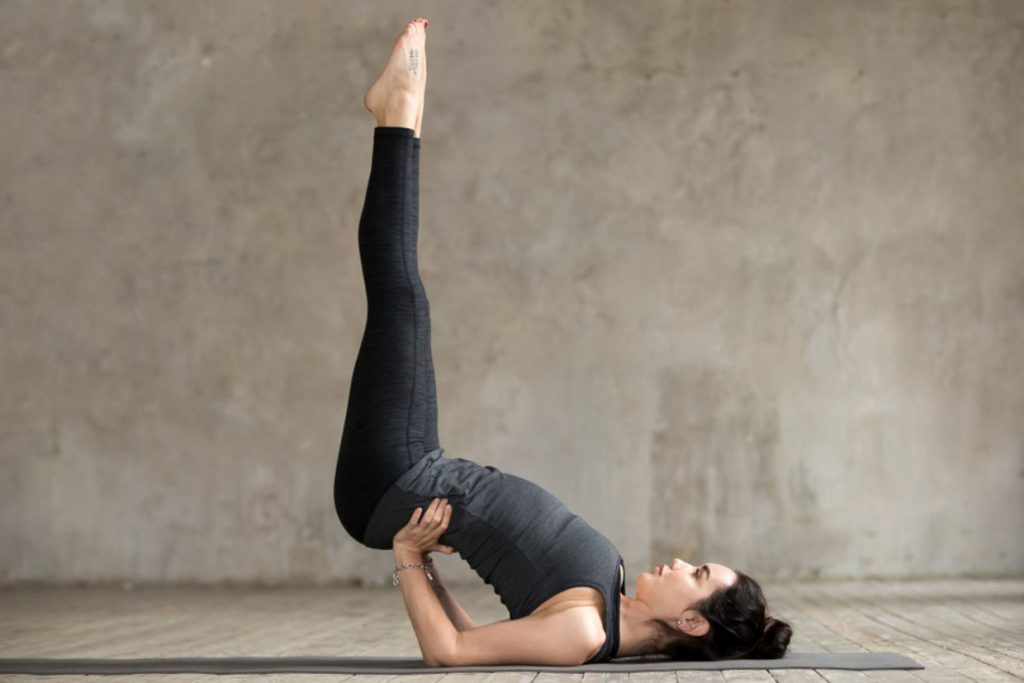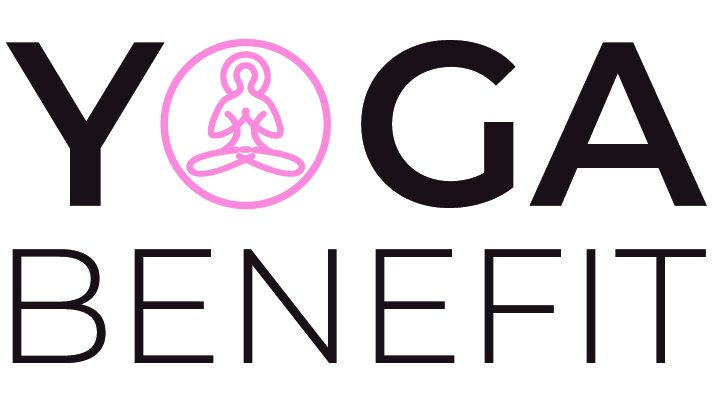Yoga is a great addition to your fitness routine. Yoga increases muscle tone, flexibility and balance. It also helps to relax and reduce stress thanks to its pranayama breathing. Studies also show that yoga can reduce stress, anxiety and depression and help you sleep better. Are you ready to give it a shot? These are the eight “asanas”, or beginner yoga poses, that instructors recommend.

1 Suk asana Easy Pose To Relieve Stress
Place your hands on your knees on a yoga mat and sit cross-legged. Your spine should be straight. Your “sit bones”, in yoga-speak, are the bones that you are seated on. Inhale and close your eyes. “This pose is great for beginners to use for an assessment,” states Gwen Lawrence a yoga coach for the New York Knicks, as well as other athletes and celebrities. The best way to feel and see the external rotation of the legs is by simply sitting down on the ground. This pose can also increase flexibility, and help alleviate stress.
2 Cat-Cow to Recover the Spine and Reduce Back Pain
Place your hands below your shoulders on your mat. Your knees should be below your hips. Spread your fingers wide and distribute your weight evenly between your hands. As you inhale, round your back and arch your neck as you lower it to your chest. Inhale and lower your back until it reaches a scoop shape. Then tilt your head back.
According to Leah Collis, a Baptiste Yoga teacher, “Cat-Cow stretches the spine and awakens it which helps alleviate back pain.” It also opens the spine and improves flexibility, especially in the neck, shoulders, and chest. Repeat the process 5-10 times.
3 Tree Pose Vrksasana – to Improve Your Balance
For this pose, stand straight. Place your hands in a prayer position. Then, lift your arms over your head. Your right leg should be in balance. Your left knee should be bent to the left. Next, press your left foot against the inner thigh of the right leg. For 30 seconds, hold the position. Repeat the process with your other legs. “This pose helps to stretch your body from your heels to the tips on your fingers,” Shea Vaughn (wellness and fitness expert, mother of actor Vince Vaughn) says. This will help you to improve your balance.
4 Ado Mocha Shavasana, a Downward-Facing dog to Increase Flexibility
Your body will form an inverted V shape when you are Downward-Facing Dog. Place your palms down on the mat. Your hands should be slightly above your shoulders. Your knees should be directly below your hips. Inhale and lift your knees off of the ground. Lift your hips towards the ceiling and your buttocks. Your heels should be pointing towards the ground. Your head should be positioned between your upper arms so that your ears are in line with your ears. To lengthen your lower back, bend your knees and lift your head. Collis says that Downward-Facing Dog calms nerves, improves flexibility, tone the arms and legs, and lifts the shoulders. For more strength-building benefits, the pose should be held for at least five breaths on each side. Collis suggests that you lengthen your wrists from your hips to your hips when you inhale. Also, deepen your roots from the bottom of your feet to your hips with every exhale.
5 Bal asana Child’s Pose To Help You Relax and Unwind
Simply bend your knees, lower your forearms to the ground and bring your chest towards the floor. Your shoulders should be lowered and your head should be parallel to the ground. You can either place your arms on your sides, palms facing down, or support your head by folding your arms underneath your forehead. Relax and breathe for as long as it takes. Cullies says that Child’s Pose “is one of the most healing poses in yoga, and it is my favorite.” It awakens the connection between breath and body, and sends calm energy through every muscle. It is an opportunity to ground, to go inward and to awaken your breath from the within out.
6 Baby Pigeon Poses to Open Your Hips
Move your right knee towards your hands while standing on all fours. Slowly straighten your left foot behind you as if you were doing an arc. Keep the top of your foot and knee on the ground. Rotate your right knee towards your right wrist. Now, bring your right leg down to the ground with your right calf flat against the floor and your right heel under your left groin. Your upper body should be lowered to the floor, or you can rest your elbows on the bent leg. Slowly inhale, and exhale five more times. Push your left leg backwards to stretch the calf muscles. Continue with your right leg extended and your left leg bent. Lawrence says this pose is a favorite for runners as it increases hip flexibility and releases the glutes. This stretch is essential for anyone who runs, does CrossFit, CrossFit or Spins. It will help you stay flexible and strong, and improve your performance. Lawrence promises that although it may seem difficult at first, you will soon love this pose.
7 Tad asana Mountain Pose To Improve Your Posture
Keep your chest up and open with your hands at your sides. Feel your feet touch the ground and feel the sensations in the back and legs. Next, examine your posture in front a mirror. Lawrence has her athletes stand with long pencils in their hands. I tell them to look at the pencils as if they were compass points and then point down. Are they identical? Is one right and the other wrong? This pose will reveal if your shoulders are in an imbalance and help you to identify what needs to be done. Your shoulder will be as turned in if one pencil is.
8 Legs-up the-Wall Pose Viperidae Karana To Restore and Revitalize
This is an excellent ending pose for both beginners and experienced yoga practitioners. Your butt should be facing a wall. Your legs should be straight and parallel to the wall. For additional support, you might place a blanket wrapped in a roll under your lower back. Keep your elbows on the ground. To feel the stretch in your backs, flex your toes. Hold the position for as long and deep as you like. Release your tension by bringing your knees up to your chest, and then rolling over to your side.
